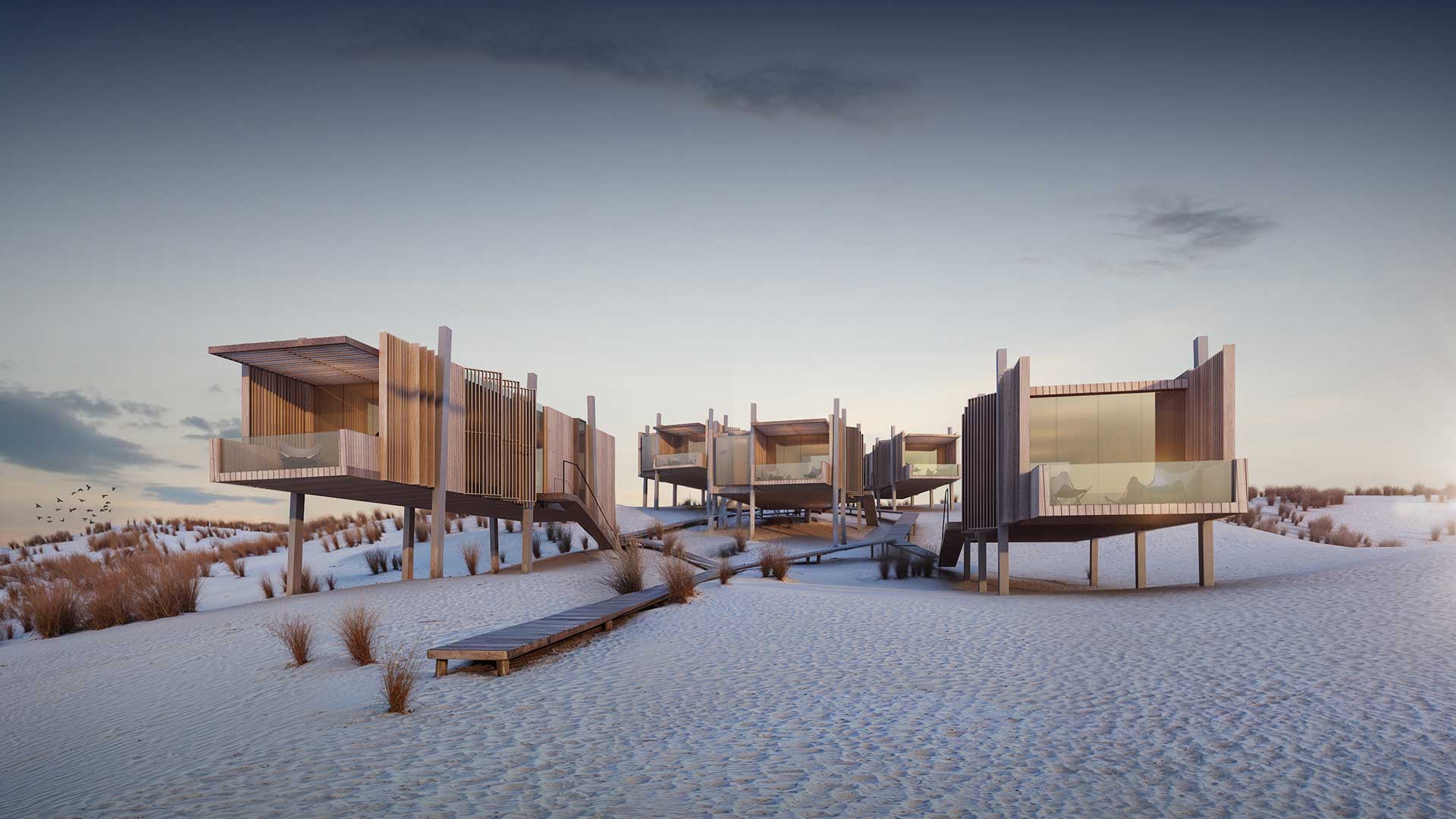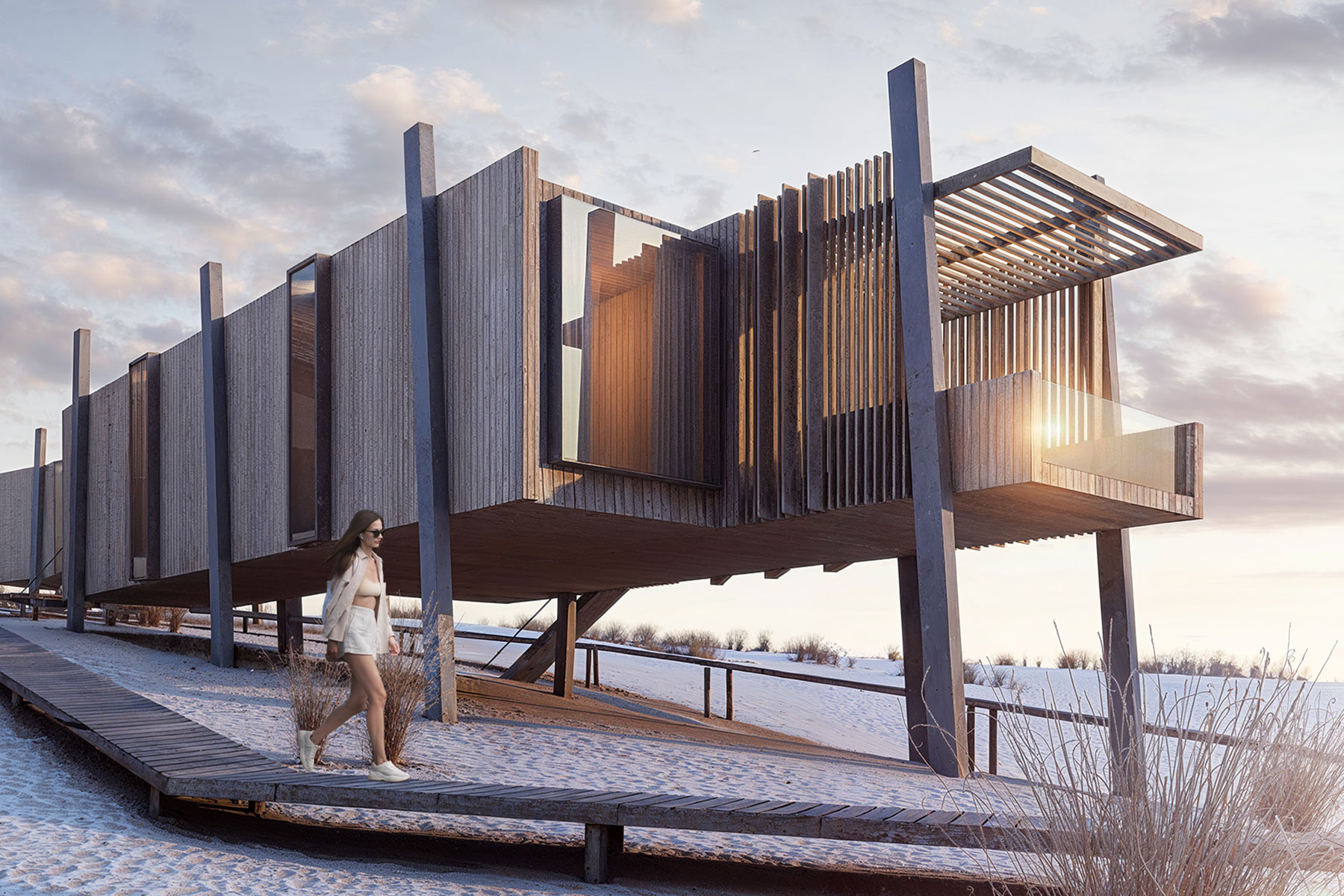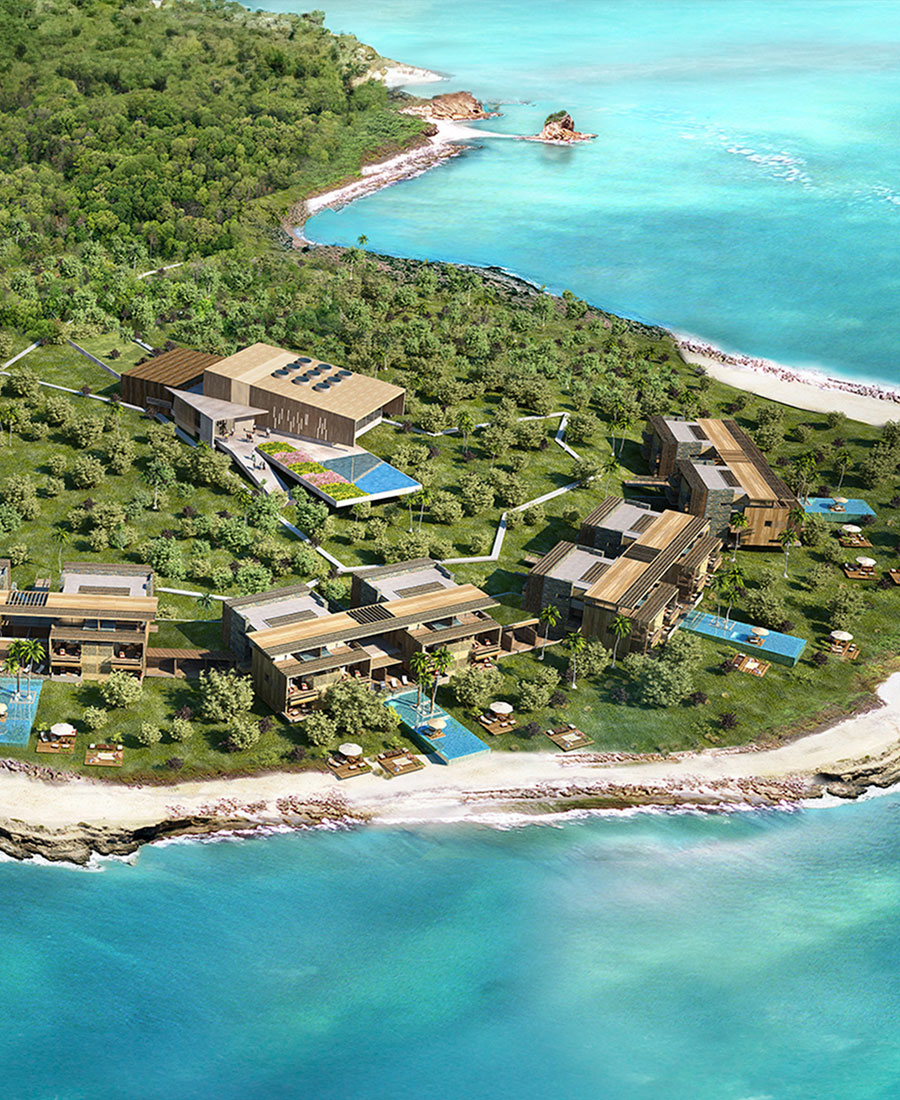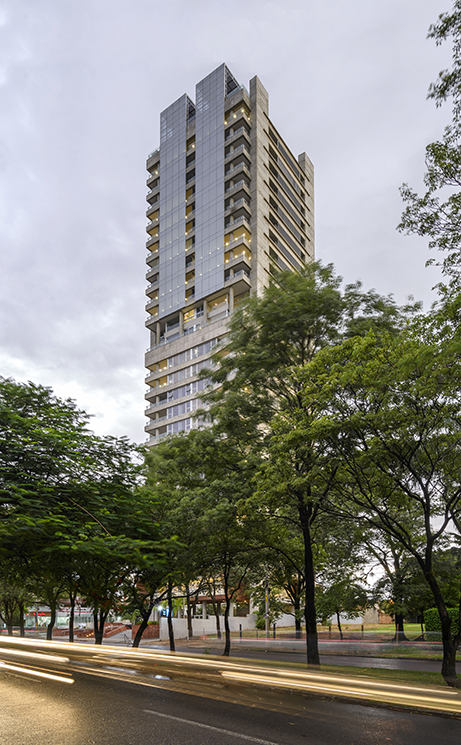

-
Program:
Hotel
-
Status:
Anteproyecto
-
Area:
339 m²
- Location:
-
La Serena is conceived as a targeted, low-impact intervention of high environmental quality, aiming to establish a hospitality model in harmony with the coastal landscape.
La Serena is a hospitality project for short-term rental, located on a coastal strip of high scenic value in La Paloma, Uruguay.
The complex consists of five volumes elevated on stilts, arranged to minimize impact on the land and reduce ground-level obstructions, thus preserving permeability and biodiversity. The site’s dynamic and undulating topography shapes the layout, creating a direct relationship between architecture and landscape.
The design is resolved through independent volumes, raised between 2.5 and 3.5 meters above the natural ground level, allowing for both ecosystem protection and privileged views of the Atlantic Ocean.
The staggered arrangement and orientation of the volumes ensure privacy and unobstructed views, avoiding interference between units. Each volume contains one- or two-bedroom units, with living area, integrated kitchen, and spacious terraces, prioritizing the experience of living in contact with the natural environment.
Pedestrian circulation is provided by elevated walkways that follow the topography, allowing free movement of wildlife and the natural shifting of dunes.
The selection of materials is based on durability, quality, and the ability to integrate with the surrounding landscape. Elements such as wood, concrete, and corten steel are favored—materials that reference local building traditions while providing a timeless architectural expression. Their natural aging enriches the aesthetic of the complex, allowing the buildings to harmoniously blend with their surroundings and reinforce their sense of place.
Glazed surfaces are protected to avoid glare and visual disturbance, as well as to preserve privacy, while lighting is designed to be soft and functional, respecting the nighttime environment.
The project includes the use of native vegetation and wastewater treatment systems using aerobic plants or wetlands, reinforcing a commitment to environmental resilience.






